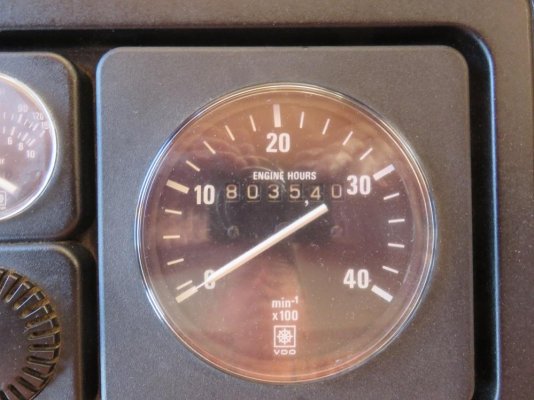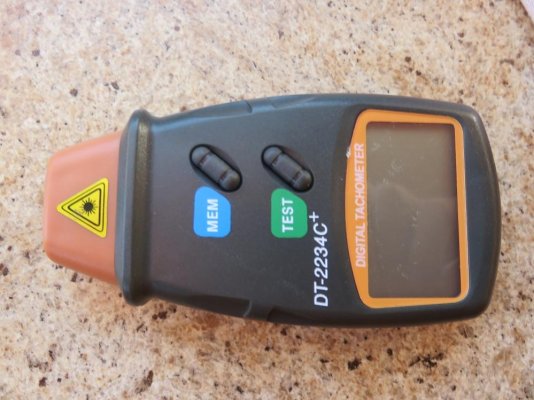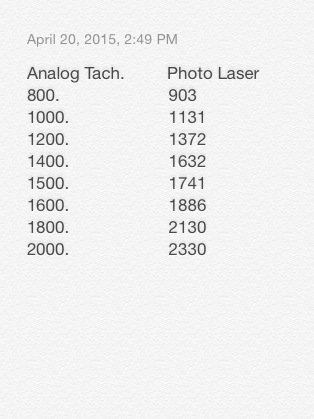JDCAVE
Guru
- Joined
- Apr 3, 2011
- Messages
- 2,902
- Location
- Canada
- Vessel Name
- Phoenix Hunter
- Vessel Make
- Kadey Krogen 42 (1985)
When I set up my alternator with a double pulley and twin belts last spring, I think it put my alternator off by about 150 rpm: I seem to get the same cruising speed of 7.5 kts at 1650 rpm that I achieved at 1800 the previous summer. I presume I can check with a photo tach, but I'm having trouble finding one I can borrow. Is there an adjustment screw on the gauge in the Pilothouse?
I noted someone in an earlier thread had installed a Tinytach. Is this another option for checking engine rpm?
http://www.tinytach.com/pdf/diesel_instructions.pdf
Jim
Sent from my iPad using Trawler Forum
I noted someone in an earlier thread had installed a Tinytach. Is this another option for checking engine rpm?
http://www.tinytach.com/pdf/diesel_instructions.pdf
Jim
Sent from my iPad using Trawler Forum
Last edited:




